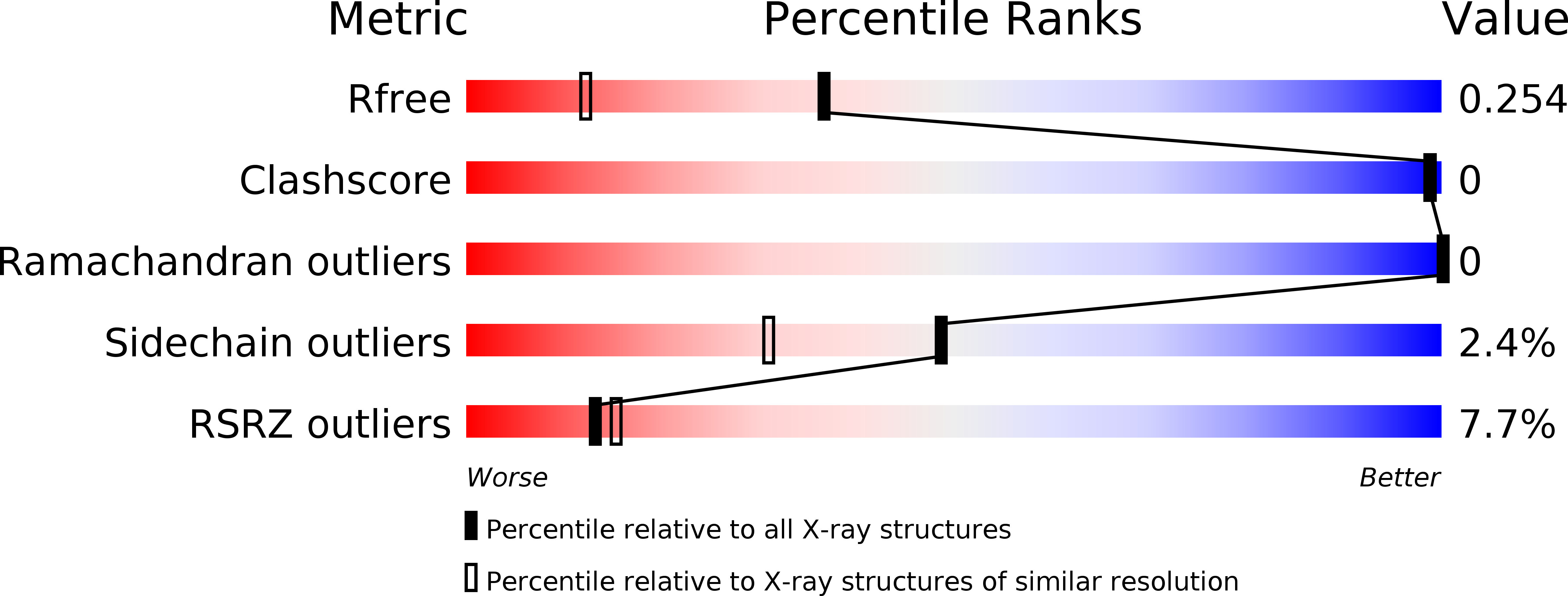
Deposition Date
2014-10-03
Release Date
2014-12-03
Last Version Date
2024-10-30
Entry Detail
PDB ID:
3WZS
Keywords:
Title:
Crystal structure of Trx3 domain of UGGT (detergent-bound form)
Biological Source:
Source Organism:
Host Organism:
Method Details:
Experimental Method:
Resolution:
1.70 Å
R-Value Free:
0.24
R-Value Work:
0.20
R-Value Observed:
0.20
Space Group:
C 2 2 21


